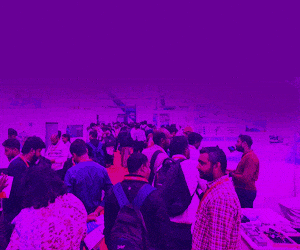A catalytic system could help semiconductor manufacturers recycle up to 90% of their water by safely breaking down stubborn toxic chemicals.

As global demand for microchips skyrockets, the environmental toll of their production is under growing scrutiny, especially the massive volumes of water consumed. Semiconductor fabrication plants, like those run by TSMC in Taiwan, use as much as 275,000 metric tons of water daily, equivalent to one-fifth of Sydney’s total supply.
Microchip manufacturing demands ultra-clean environments, requiring frequent rinsing with highly purified water and over 100 specialty chemicals. This has created a pressing need for more effective wastewater recycling methods. To address this, Professor Long Nghiem, Director of the University of Technology Sydney’s Center for Technology in Water and Wastewater, has teamed up with water tech start-up Infinite Water International (IWI) Australia. Together with researcher Associate Professor Cuong Ton-That, they’ve developed a catalytic treatment system that targets two of the most problematic chemicals: hydrogen peroxide and triazole. Used respectively for surface cleaning and corrosion prevention, both are highly toxic and resistant to breakdown.
Rather than relying on traditional filtration, this new system uses a catalytic oxidation process. Contaminants are chemically broken down in a targeted, efficient manner. Housed in a compact plug-and-play unit, the system integrates easily into existing wastewater infrastructure and rapidly detoxifies the effluent.
The technology has already demonstrated rapid degradation of hydrogen peroxide, with a patent secured for this application. A second patent is pending for triazole removal, which the team has shown can reduce concentrations by up to 90% within an hour. Two of the world’s top logic chip manufacturers are now working with IWI Australia to trial the solution at scale. The economic incentive is significant—water infrastructure can represent over 10% of a chip plant’s capital expenditure, often totaling billions.
“We’re not trying to overhaul existing manufacturing processes,” explains Professor Nghiem. “We’re adding a sustainable solution that enhances current infrastructure.” “This is a game-changing innovation,” says Matthew Ng, CEO of IWI Australia. “By cost-effectively removing these chemicals, we can help manufacturers recycle water sustainably and reduce environmental impact.”








